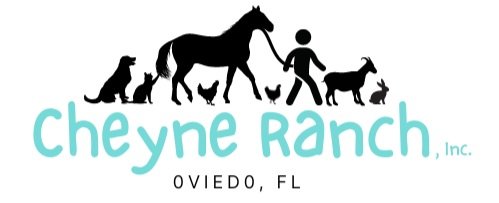🐴 Top 10 Volunteer Competencies (Unmounted)
Volunteering Isn’t Just Mucking Stalls — But Let’s Start There
These are the foundational skills that every volunteer should master before working independently in the barn or assisting with mounted lessons. They support both horse care and student experience — and help ensure safety, consistency, and confidence for everyone involved.
1. Understanding Horse Behavior & Safe Movement
Volunteers must understand that horses are prey animals — easily startled and reactive. They must:
Respect a horse’s personal space and blind spots
Read basic body language (ears, eyes, posture)
Approach and move around horses calmly and confidently
Safely move horses through tight spaces, busy barns, and unpredictable environments
2. Safe Handling: Haltering, Leading, and Tying
Volunteers should:
Confidently approach and halter a horse
Lead from either side with correct rope handling and voice commands
Navigate through gates, stalls, and doorways safely
Tie using a quick-release knot in designated, safe areas
3. Appropriate Attire & Helmet Fit
Volunteers must:
Wear safe footwear (closed-toe with a heel)
Use ASTM-SEI helmets when working closely with horses
Know how to properly fit a helmet on themselves or others
4. Grooming & Hoof Care
Before any mounted lesson or handling:
Use grooming tools (currycomb, body brush, etc.) effectively
Groom the whole horse for cleanliness and comfort
Safely pick all four hooves, checking for debris or signs of thrush
Communicate clearly if the horse seems uncomfortable or off
5. Tack Handling & Lesson Prep
Volunteers should:
Know the parts and function of tack (saddle, bridle, girth, halter, etc.)
Understand how to tack and untack a horse correctly
Recognize signs of ill-fitting or damaged tack
Clean tack as needed and store it in the correct location
6. Leading During Mounted Lessons
When assisting a mounted student, volunteers must:
Lead horses calmly and consistently
Respond to instructor cues while staying aware of the student and horse
Help with mounting and dismounting, under supervision
Know when to step in and when to give space — prioritizing safety and support
7. Arena Setup & Activity Support
Volunteers must be ready to:
Follow instructor instructions to set up obstacle courses, games, or cones
Adjust arena layout quickly and efficiently
Remain engaged and proactive during sessions to ensure smooth transitions
8. Independent Barn Chores
Trusted volunteers should be able to work independently, including:
Mucking and re-bedding stalls
Moving horses to and from feeding areas or turnouts
Filling and cleaning water buckets, hay nets, and feed bins
Using basic equipment safely (pitchforks, wheelbarrows, etc.)
9. Feeding & Grain Preparation
Volunteers should:
Understand each horse’s feed plan (grain type, quantity, and timing)
Follow feeding charts accurately
Know how to prepare, label, and deliver grain safely
Recognize and report spoiled hay, moldy feed, or water issues
10. Clean-Up & Organization
A reliable volunteer:
Sweeps, picks up, and leaves the barn cleaner than they found it
Returns tools, tack, and supplies to the proper place
Helps maintain a clutter-free, professional-looking space
Jumps in to help without being asked — “see it, do it” mindset
💡 Final Note:
Volunteers are vital to safety, smooth operations, and creating a positive experience for horses and humans. Competency in these 10 areas shows that a volunteer can be trusted, helpful, and professional in both quiet and busy barn environments.
